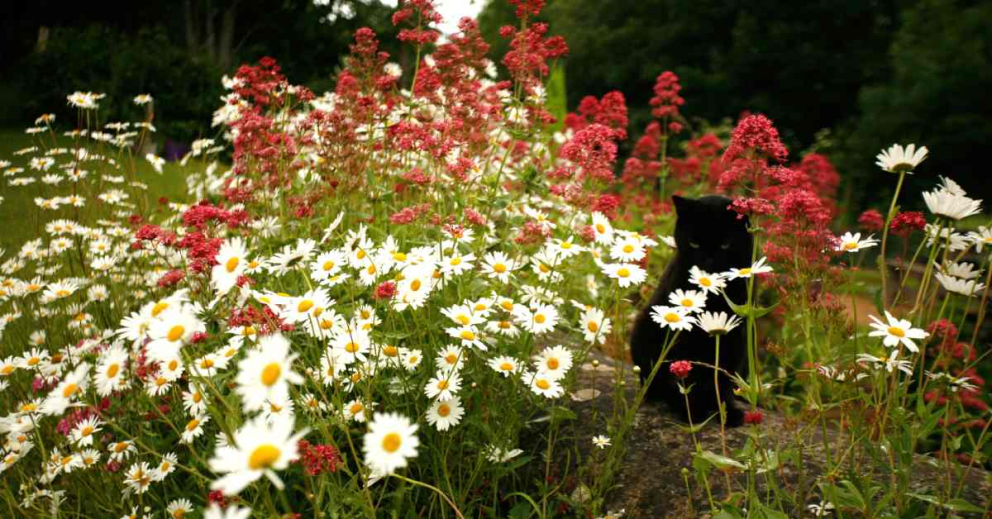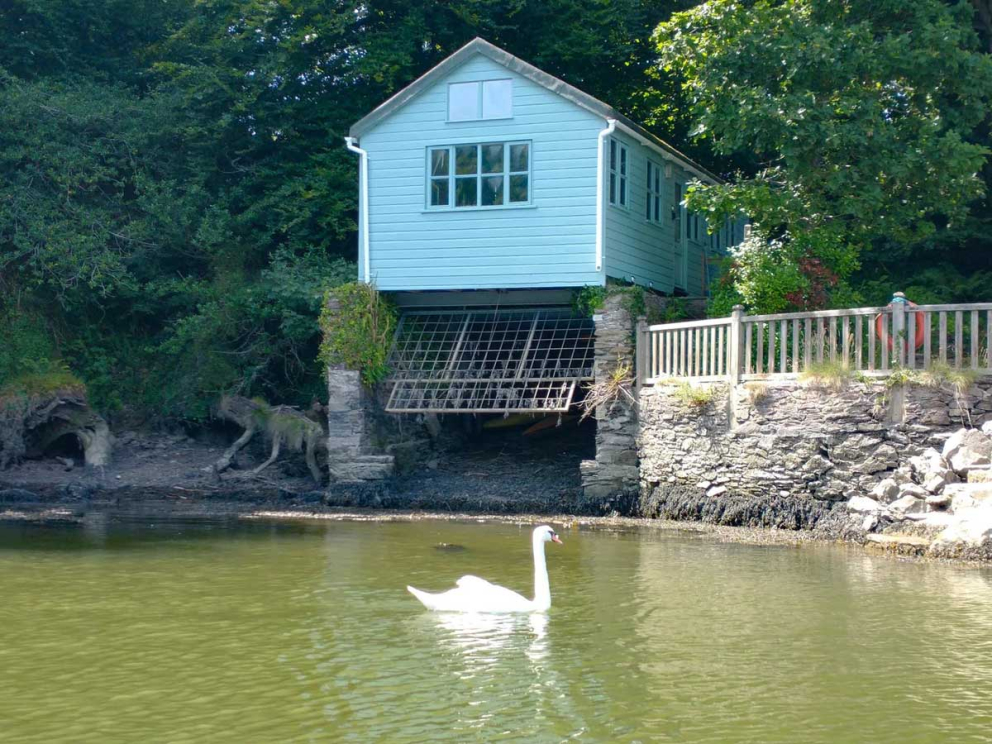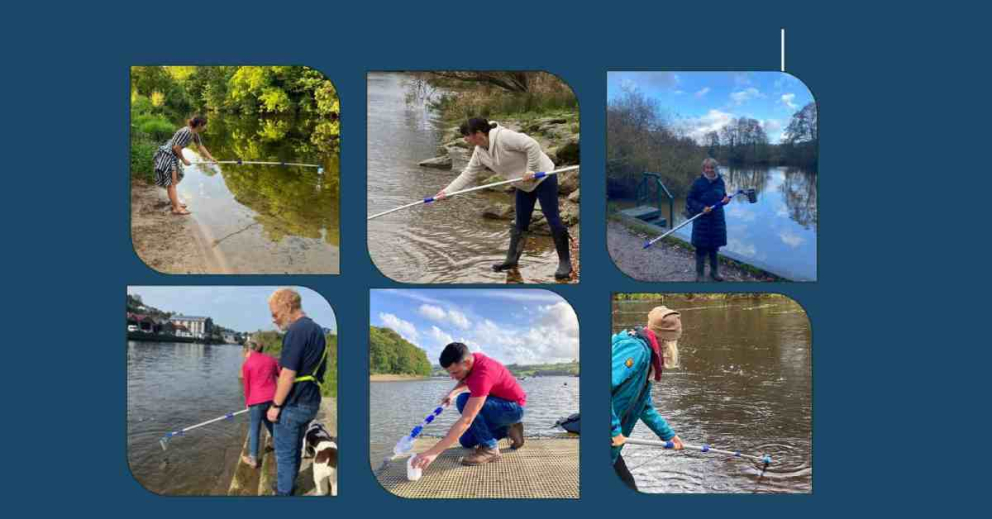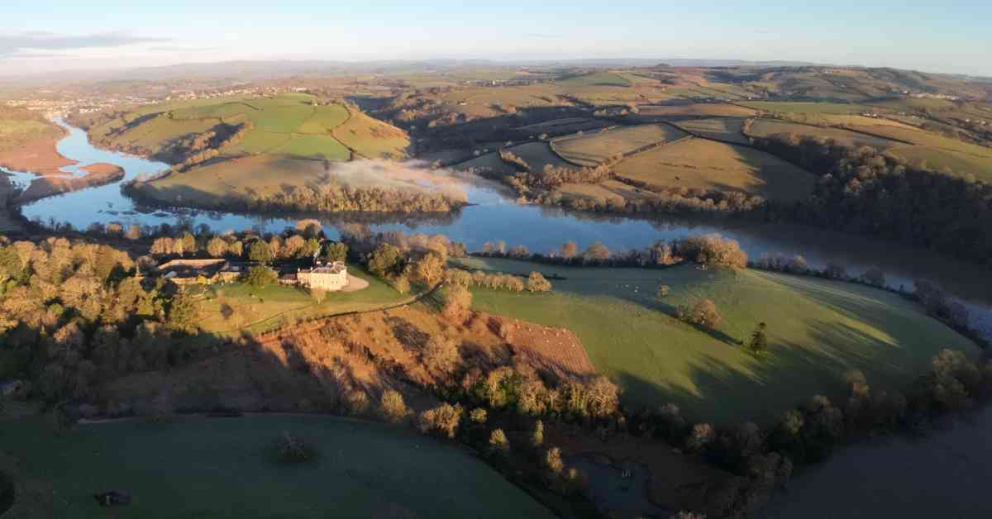Sharpham Stories - Heritage Day 2019
Daphne Pleace (right) writes stories about Sharpham - here she recounts her time at our Heritage Day 2019
Feeling time's flow down the River Dart
As someone more likely to be found in the gardens or wider landscape of any stately home, for once I was looking forward to being ‘her indoors’. I was in a group of lucky participants on Sharpham Trust’s Heritage Day, and although we ended it with a walk through the grounds to the River Dart, the main exploration was about Sharpham House itself; about some of the people associated with it; and about its relationship with other significant residences on the banks of the Dart.
This was only the second Heritage Day at Sharpham, but since the first had been firmly centred on the house and gardens, this time the Heritage and Archive team decided to look outward, and explore Sharpham’s wider position on the River Dart.
The team devised a fiendishly clever plan whereby the 30 or so participants split into smaller groups, named HMS Apollo, Blonde and Favourite, after three famous sailing ships of the Great Age of Sail. These ships sailed from Dartmouth harbour and their owners, or similar, had connections with Sharpham House.
The groups were ‘piloted’ by Able Archive Volunteers, and we ‘sailed’ from the source of the river high on Dartmoor down the estuary and to the harbour at Dartmouth. We actually meandered up, and then down, the stunning elliptical staircase at the heart of the house, stopping off in several rooms for presentations from people with various areas of expertise about our journey.
After registration and coffee, the day began with a welcome and introduction in the Maurice Ash room from Julian Carnell, Director of the Sharpham Trust and then off we sailed. HMS Blonde group started in the beautiful Library - my favourite room in the house, though as a bibliophile, I’m perhaps biased - where we had music from Devonshire folk singer Jim Causley and poetry readings from Valerie Belsey. All with a local flavour, of course.
Next we visited the Oval Rooms at the very top of the staircase, where Dr Tom Greeves gave a fascinating talk about Dartmoor, focusing particularly on the importance of the tin mining industry. Tom handed round a large circular piece of embossed tin metal which looked to me like silver, and reminded me of the giant chocolate coins available at Christmas time.
We then shifted (down river) to the Thomas de Scherpham room (below), named for the first Sharpham person we know anything about: the owner of the 13th century manor house which became, under subsequent owners, the property it is today.
There, Jill Drysdale, archivist for Totnes Museum, spoke to us about Totnes’s cloth - and tin - industry from which much of the town’s early wealth was founded. As we entered the room, Jill drew our attention to the single pleasure boat we could see on the river beneath us. She pointed out how a couple of centuries ago, the river would have been teeming with traffic of all description (though little, if any, purely for pleasure), including ‘cog boats’: heavy duty one-sailed oak-timbered ships which could carry around 200 tons of goods.
Our next visit was to the Ruth Ash room: Maurice and Ruth Ash being the founders of the Sharpham Trust and the last private owners of Sharpham House before creating the Trust. Lynette Gribble, former Chairman of the Trustees and initiator of the Heritage Group, was the specialist speaker there, giving us a brief history of Sharpham House itself. You can read more about that here
One of several interesting snippets for me was learning that one of my favourite poets, Brian Patten (pictured left) wrote a series of poems called “View from the Bathing House” whilst writer-in-residence in Sharpham’s bathing house in the 1980s.
On we sailed to our next ‘harbour’, the Octagonal Room, where Dr Rosemary Yallop, an architectural and cultural historian, gave an interesting talk on Sandridge, a ‘villa’ on the opposite bank of the Dart to Sharpham. Like Sharpham (and our next port of call, Greenway), Sandridge is another house with a lack of a single line of inheritance, though it is the only one of the three still in private ownership. There was more new historical interest for me in Rosemary’s account of the history of the English villa in general.
And so to that next port of call, the National Trust’s Greenway, where Sandy Howard, Room and Garden Guide there, was in Sharpham’s Music Room to tell us some of the history of Greenway. I knew about it being Agatha Christie’s much loved holiday home, although not that it inspired her novel Dead Man’s Folly and that the body was kept in the famous Greenway Boathouse. But then, a little like the “so and so slept here” signs, many places lay claim to having had Christie’s literary bodies on their premises!
Our final presentation from Gail Ham, Chair of the Dartmouth History Research Group, saw us once again in the Maurice Ash room. Gail’s focus was on aspects of the historical political relationships between Sharpham and Dartmouth people of note. One tasty morsel for me (well, it was nearly lunch time) was the elopement to Gretna Green of Edmund Bastard, MP for Dartmouth (pictured left), and the 16-year-old heiress of Sharpham House, Jane Pownoll. Whether for illicit liaisons, or bona-fide, Gail asked us, did famous politicians go up and down that equally famous staircase?
Hungry as I was for a Sharpham feast, there was one more visit to the South Wing to explore at leisure the wonderful display of artworks and books and to read more about Sharpham-related topics on the display boards. All with a sound backdrop of Alice Oswald reading from her long poem Dart. On CD, rather than in person, but it was still a Beautiful Thing.
As was the glorious lunch - at last! - of Sharpham cheeses, salads from the Walled Garden, bread baked in the Sharpham kitchen, and soup made that morning.
I thought participants might all be too full of food, information, or both, to make the most of our post-lunch discussion and question time with the presenters, but for me it was a highlight of the day.
Released from their content remit and time limits (having to deliver the same material three times in short succession), the presenters answered a range of questions from participants. Their formal presentations had been excellent, but this session was lively and interactive.
My own question was about which historical Sharpham-related person - from their own area of expertise or beyond - they found most interesting, and why?
So, if like me you are an RG (Random Googler), the answers were Elizabeth Durant (alive 1880), Adrian Gilbert (1541-1628), William Smale (alive 1340), and John Davis (1550-1605). Get clicking to see if you can discover why those folk appealed to our experts!
Many thanks to the presenters, to the Sharpham Heritage and Archive team, and to anyone else involved for a really interesting and thought-provoking day.
Find out more about Sharpham heritage here: www.sharphamtrust.org/heritage
Daphne is a volunteer story-teller for the Sharpham Trust. She blogs at www.daphnepleace.co.uk/blog










